Sexual Misconduct - What is it?
You’re Not Alone.
If you fear for your safety, please call 911 right away for emergency service.
If you need immediate and confidential help, please call: The Sexual Assault Crisis Center of Eastern Connecticut Hotline: (888) 999-5545 or the Safe Futures Hotline: (888) 774-2900.
What is Sexual Misconduct?
“Sexual misconduct” can refer to many behaviors, including sexual harassment, sexual assault, sexual exploitation, domestic/intimate partner violence, and stalking.
This page will help you to better understand what sexual misconduct is by first defining consent – a key term in any discussion of this issue – followed by a detailed breakdown of the primary forms sexual misconduct may take.
For a more complete explanation of these terms, please review the Board of Regents’ Policy on Sexual Misconduct.
Consent
To fully understand the meaning of sexual misconduct, it is important to first understand the meaning of “consent.”
“Consent” is a voluntary, sober, enthusiastic, and mutual verbal agreement to sexual activity. Consent can never be assumed – Consent must be received for each stage of sexual activity, and all activity must cease if consent is withdrawn.
Consent is not…
- If someone says “no” repeatedly, but finally says “yes”
- If someone says nothing at all
- If someone is incapacitated by drugs or alcohol
- If someone uses a position of authority or power to force someone into saying “yes”
Sexual Harassment
Sexual harassment can include all unwanted sexual advances. This behavior includes, but is not limited to:
- sexual flirtation, touching, advances or propositions
- verbal abuse of a sexual nature
- pressure to engage in sexual activity
- graphic or suggestive comments about an individual’s dress or appearance
- use of sexually degrading words to describe an individual
- display of sexually suggestive objects, pictures or photographs
- sexual jokes
- stereotypical comments about gender
- threats, demands or suggestions that one’s educational status is contingent upon toleration of sexual advances
Sexual Assault
Sexual assault may include any sexual act directed against another person when that person has not given consent, or is not capable of giving consent. This includes everything from unwanted touching to rape.
Sexual Exploitation
Sexual Exploitation occurs when a person takes non-consensual or abusive sexual advantage of another for the benefit of anyone other than the person being exploited. Examples of behavior that could rise to the level of sexual exploitation include:
- Prostituting another person
- Non-consensual visual (e.g., video, photograph) or audio-recording of sexual activity
- Non-consensual distribution of images or information of an individual’s sexual activity, intimate body parts, or nakedness
- Going beyond the bounds of consent (such as letting your friends hide in the closet to watch you having consensual sex)
- Engaging in non-consensual voyeurism
- Knowingly transmitting an STI, such as HIV to another without disclosing your STI status
- Exposing one’s genitals in non-consensual circumstances, or forcing another to expose his or her genitals
- Possessing, distributing, viewing or forcing others to view illegal pornography.
Domestic / Intimate Partner or Relationship Violence
This form of misconduct is any physical or sexual harm against an individual by a current or former spouse or other dating partner. Relationship violence may also include threat of abuse and emotional abuse.
Stalking
Stalking is one person’s repetitive and willful following or lying in wait behavior towards another person, which causes the victim of this behavior to reasonably fear for his or her physical safety. Stalking can take the form of unwanted electronic contact as well.
Pregnancy Discrimination
Title IX of the Education Amendments of 1972 (“Title IX”), 20 U.S.C. §1681 et seq., is a Federal civil rights law that prohibits discrimination on the basis of sex — including pregnancy and parental status — in educational programs and activities. For more information on Pregnancy Discrimination, please click here.
 TRCC EXTRANET
TRCC EXTRANET




